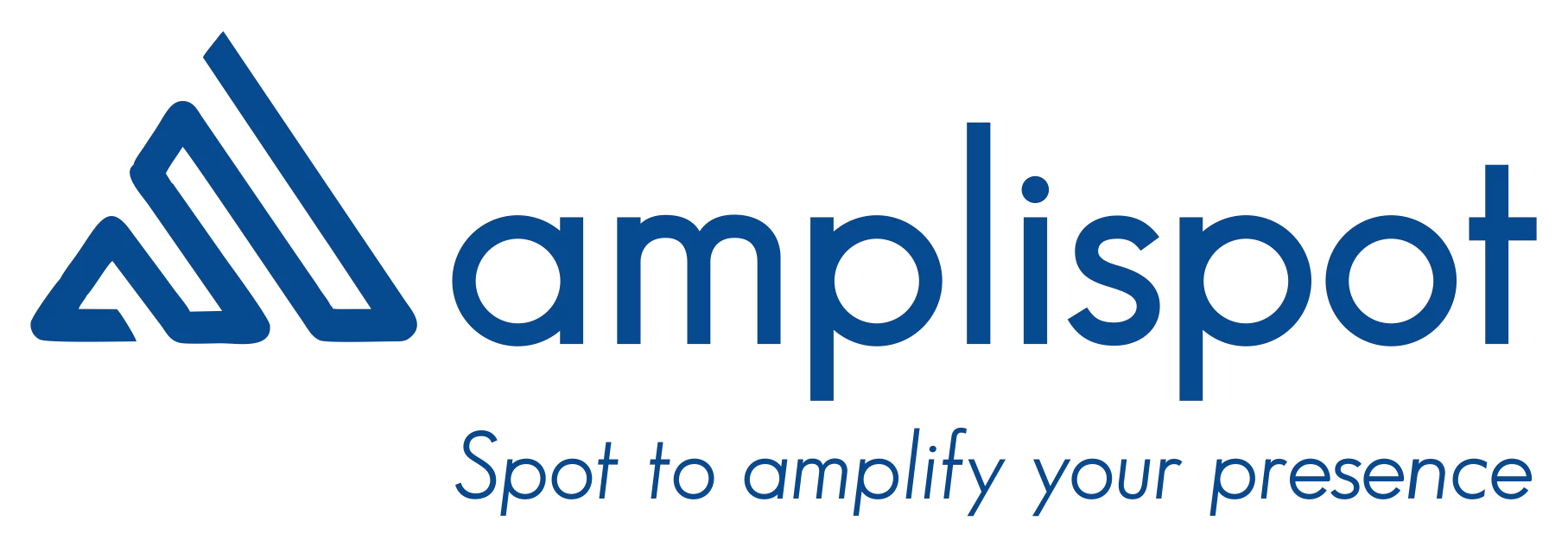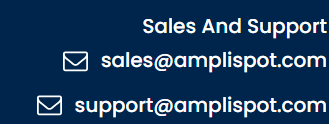In the fast-paced world of B2B sales, timing is not just important — it’s everything. Whether you're managing a sales team or overseeing email marketing campaigns, the moment you follow up after a prospect’s engagement can dramatically affect your chances of winning the deal. But how do you know when to reach out? When should you send that follow-up email or pick up the phone? How do you maximize response rates without overwhelming your prospects or burning your leads?
Enter the ‘48/12’ Law — a simple yet powerful outreach strategy that dictates a precise timing framework: follow up with an email within 48 hours of prospect engagement and place a call within 12 hours of that follow-up email. While it may sound straightforward, this approach is rooted in behavioral psychology, data-driven insights, and practical experience that many top-performing sales teams swear by.
In this blog, we’ll unpack the science and strategy behind the ‘48/12’ Law, explore how it can transform your outreach efforts, and provide actionable tips to implement it in your sales and email marketing workflows. Whether you're an experienced sales leader or a marketing head looking to align your campaigns with sales follow-ups, understanding this law could redefine your approach to prospect engagement — and your bottom line.
Why Timing Matters More Than You Think
Before diving into the specifics of the ‘48/12’ Law, it’s worth stepping back to understand why timing in outreach matters so much in the B2B world.
Sales cycles are longer, decision-makers are busier, and competition is fierce. Prospects receive dozens, if not hundreds, of emails and calls every day. When a prospect interacts with your email or content — opening, clicking, or responding — they are signaling a moment of interest. This moment is fleeting, however. Their attention span is short, and their priorities constantly shift.
Failing to act quickly means letting that interest cool down, potentially letting your competitor swoop in. Conversely, contacting them too aggressively or too frequently can come off as pushy and turn the prospect off altogether.
Finding the sweet spot in timing is a challenge — and the ‘48/12’ Law is a proven way to hit it right.
What Exactly Is the ‘48/12’ Law?
The ‘48/12’ Law is an outreach best practice that emerged from observing patterns in how prospects respond to follow-ups after engaging with your initial outreach, such as an email campaign.
- Email ≤ 48 hours after engagement: Once a prospect opens your email or clicks on a link indicating interest, your sales team should send a follow-up email within 48 hours to capitalize on that attention. This email typically acknowledges their engagement and offers a clear, helpful next step — whether it’s scheduling a call, providing more info, or answering questions.
- Call ≤ 12 hours after the follow-up email: After sending the follow-up email, your sales reps should attempt a phone call within 12 hours. This call acts as a personal touch, reinforcing your interest and presence. The timing is critical — too soon and the prospect might not have processed your email; too late and the momentum fades.
Together, this sequence strikes the perfect balance of persistence and respect, maximizing response chances while avoiding being intrusive.
The Science Behind the ‘48/12’ Timing
The effectiveness of the ‘48/12’ Law isn’t just anecdotal — it’s backed by behavioral psychology and sales research:
- Recency Effect: Human brains give disproportionate weight to the most recent events. Engaging prospects quickly after their interaction leverages this cognitive bias — the prospect is more likely to remember and respond to your outreach while your brand is fresh in their mind.
- Attention Span: Digital attention spans are notoriously short. Studies show that email open rates drop significantly after 48 hours. Acting within this window ensures you are reaching prospects before they move on to other priorities.
- Decision Fatigue: Waiting too long causes prospects to forget their initial interest or get distracted by other decisions. Rapid follow-up combats decision fatigue by maintaining focus on your solution.
- Multi-Channel Reinforcement: Combining email and calls within a short window boosts recognition and trust. Prospects often respond better when a personal voice complements a well-crafted email.
- Data-Driven Insights: Platforms like Outreach and Salesforce have analyzed millions of sales activities and found that follow-ups sent within 48 hours generate 30-50% higher reply rates, and calls made within 12 hours of the email increase meeting bookings significantly.
Putting the ‘48/12’ Law into Action: Practical Tips for Sales Leaders
Understanding the law is one thing — applying it consistently across your team and processes is another. Here are actionable ways to embed the ‘48/12’ principle into your B2B sales strategy:
1. Use Engagement Triggers for Automation
Your CRM or sales engagement platform (like Outreach, SalesLoft, or HubSpot) should be set up to automatically flag prospect engagement events — email opens, link clicks, or replies. Use these triggers to create automated alerts or task assignments for your sales reps to follow up within the 48-hour window.
Automation minimizes human error and ensures no lead falls through the cracks.
2. Build a Structured Workflow
Set clear internal SLAs (Service Level Agreements) for your team:
- Follow-up email sent within 48 hours of engagement
- Call attempt within 12 hours after sending the email
Create dashboards or reports to monitor compliance and performance regularly.
3. Prepare Voicemail and “Bump” Email Templates
Not every call will be answered. Prepare concise voicemail scripts to leave when prospects don’t pick up, highlighting the reason for your call and mentioning the recent email.
After voicemail, consider sending a polite “bump” email that references the voicemail and reiterates your interest and value proposition.
4. Experiment with Timing via A/B Tests
While ‘48/12’ is a great baseline, each industry and prospect segment can have slight differences in preferences.
Run A/B tests adjusting follow-up email and call timings within these windows to find your team’s optimal timing — maybe your buyers respond better to a 24-hour email window or calls within 8 hours.
5. Personalize Your Follow-Up Messaging
Timing alone won’t guarantee success. Personalize your follow-up emails and calls by referencing the prospect’s recent engagement actions (e.g., the specific content they clicked).
Demonstrate you’re listening and tailoring your approach, which increases trust and engagement.
6. Coordinate Email and Phone Teams
If you have separate teams handling email marketing and sales calls, ensure they share data in real-time. Sales reps should know exactly when a prospect engaged to act within the ‘48/12’ window.
Cross-team communication is vital.
Avoiding the Pitfalls: What NOT to Do with ‘48/12’
While the ‘48/12’ Law is powerful, it’s easy to misuse. Here are common mistakes to avoid:
- Over-Automation Without Human Touch: Relying solely on automated emails and calls can come off robotic. Always coach reps to add a human element.
- Ignoring Prospect Signals: If the prospect asks for no calls or indicates a timeline, respect it even if it means breaking the 12-hour call rule.
- Bombarding with Multiple Calls or Emails: The goal is timely, not overwhelming. One follow-up email and one call within the window is enough; push beyond that can hurt your reputation.
- Not Tracking and Measuring: If you don’t measure timing effectiveness and adjust, you risk stagnation. Keep an eye on response rates and tweak.
How Email Marketing Heads Can Support Sales with ‘48/12’
As an email marketing head, you play a crucial role in enabling your sales team to execute the ‘48/12’ Law effectively.
Here’s how you can contribute:
- Design Engagement-Tracking Campaigns: Use tools that track opens, clicks, and other engagement signals in real time, feeding data to sales reps instantly.
- Segment and Prioritize Hot Leads: Not all engagement is equal. Prioritize leads with meaningful actions (e.g., multiple clicks, downloads) for faster follow-up.
- Align Messaging Across Channels: Ensure your email content prepares prospects for the next step — making the sales rep’s follow-up relevant and easier.
- Collaborate on Timing Experiments: Work with sales to test different timing variations, sharing insights on open rates and response patterns.
- Create Follow-Up Email Templates: Provide sales with well-crafted, customizable follow-up email templates that reps can personalize quickly.
Real-World Success Stories: ‘48/12’ in Action
Several companies have publicly shared how applying the ‘48/12’ Law transformed their sales outcomes:
- Tech Startup X: By instituting a 48-hour email and 12-hour call rule, they increased meeting conversions by 35% within 3 months, shortening their sales cycle by nearly 20%.
- B2B SaaS Provider Y: Automated engagement triggers linked to their CRM ensured no lead was left unattended, improving lead qualification rates and reducing churn.
- Enterprise Solutions Firm Z: Combining timely follow-ups with personalized content and voicemail tactics resulted in a 25% boost in pipeline velocity.
These success stories underscore the law’s versatility across industries and company sizes.
Integrating ‘48/12’ with CRM Workflow Automation
Modern CRM platforms like Salesforce, HubSpot, and Pardot allow you to build workflows that automate the ‘48/12’ Law:
- Open-Based Task Creation: When a prospect opens an email, a follow-up task can be assigned automatically to a sales rep with a deadline within 48 hours.
- Call Reminders Post-Email: After the follow-up email is sent, the CRM can create a call task for the rep to be completed within 12 hours.
- Voicemail & Bump Email Sequences: Automated sequences can be triggered if a call is not answered, sending a voicemail script and a bump email.
This automation reduces manual workload, increases consistency, and ensures accountability.
Measuring the Impact: Key Metrics to Track
To know if the ‘48/12’ Law is working for your team, track these KPIs:
- Email Open and Reply Rates within 48 hours of engagement
- Call Connection Rates within 12 hours post email
- Meeting or Demo Bookings resulting from these follow-ups
- Lead Conversion Rates to opportunities or pipeline
- Sales Cycle Length before and after implementing the law
Regular reporting helps fine-tune the process and justify investments in tools or training.
The ‘48/12’ Law is a deceptively simple concept with profound implications. It teaches B2B sales and marketing teams to act quickly, thoughtfully, and in sync to harness prospect interest when it’s hottest. In an environment where attention is scarce and competition intense, missing the timing window means losing potential deals.
By integrating this timing strategy into your outreach workflows, leveraging automation, personalizing messaging, and continuously measuring performance, your sales engine will hum with efficiency and responsiveness.
Remember, in sales, it’s not just what you say — it’s when you say it.
Start implementing the ‘48/12’ Law today, and watch your engagement, response rates, and pipeline growth climb to new heights.


































